C. S. Lewis’s enchanting Chronicles of Narniaseries has, in recent years, come under critical fire. It’s racist, sexist, colonialist; blatant propaganda for Christianity, hoodwinking children into a life of religious submission. These barbs seem to me to miss the point. As a geeky nine-year-old, I had a dim sense that Aslan had something to do with Jesus Christ. But so what — he was a talking lion! (And, even to children who weren’t Scripture swots, he clearly isn’t Jesus Christ, but something else.) Dyed-in-the-wool atheists get it wrong. I’ve never met a child who marched blindly from Narnia to Christ; but I have met children (now adults) who, already knowing Christ, have felt his joy in Aslan. What the Narnia books do is make sense of faith for those who believe: and for those who don’t — did I mention the talking lion?
From Spare Oom to War Drobe, Katherine Langrish’s warm, perceptive new book, is a swift-moving read-through of the series with an informed, passionate friend. Langrish is highly attuned to wonder in Lewis’s writing: the way that rambling houses play a part in nearly all the books, with surprises at the end of twisting passages. (The title, incidentally, refers to what Mr Tumnus the Faun says when he meets Lucy, and she tells him where she’s from.)
There is much excellent insight into Lewis’s intertextuality: Edmund Spenser, fairy tales, Norse legends and Irish saints’ tales; and on how his life, particularly the death of his mother, influenced his work. There is, though, nothing on his slightly odd relationship with an older woman.
Narrative problems in the Chronicles are acutely unpicked, and Langrish is splendid on how, far from being arrant propaganda, Lewis demands that children question the world around them. Charges of sexism can in general be rebuffed (for every wicked White Witch there is a nefarious Uncle Matthew). Lewis tends to give the most adventurous and thoughtful roles to girls. It is Polly who leads Digory through the attics to Uncle Matthew’s lair in The Magician’s Nephew; Aravis in The Horse and His Boy is gallant and brave. It is Lucy who finds Narnia; her sister, Susan, is a good archer and swimmer. But it is true, as Langrish admits, that what Lewis does to Susan is unfair.
What’s known as the Problem of Susan sees her denied Narnia because of a flippant interest in nylons, lipsticks and invitations — something, as Langrish says, that doesn’t gel with Susan’s previous character traits. I, however, can forgive Lewis. The other Pevensie children are all dead at the end of The Last Battle; Susan, still alive, has yet the possibility of repentance. We hope.
Langrish is (like me) a super-fan; but she is also clear-sighted about Lewis’s failings, and in particular the undeniably racist attitude to the people of the southern, Arabian-Nights-inflected land of Calormen. These, in opposition to free-born Narnians, embody plenty of things that Lewis hated, such as tyranny, insincerity and (slightly bizarrely) trade, schools and offices. But Lewis should be given credit for the mixed-race marriage in A Horse and His Boy, between Prince Cor of Archenland and the Calormen aristocrat Aravis.
In her otherwise wonderful discussion of The Voyage of the Dawn Treader, Langrish mentions the moment when Lucy, on board ship, catches sight of a lonely mermaid:
Neither could speak to the other and in a moment the Sea Girl had dropped astern…There does not seem to be much chance of their meeting again in that world or any other. But if ever they do they will rush together with their hands held out.
‘I don’t know why this is so immensely touching, but it is,’ Langrish says. I wished she’d tried to explain. The lonely mermaid is so poignant, I submit, because she signifies us, the readers, watching Lucy and the Dawn Treadersail by, ultimately unreachable.
If you don’t know much about the Narnia books, then this is an immersive, brightly intelligent introduction as to why they work so well, both as children’s stories and as explorations of faith. If you do know them, then gird yourself: you’ll pass between those fur coats in the wardrobe once more, and feel the light warmth of the Narnian sun on your skin. Langrish’s engagingly written summaries brought me hurtling and, I am not ashamed to say, sometimes with a tear in my eye, straight back to Narnia: to the sweet water at the furthest edge of the eastern ocean; to the castle of Cair Paravel, as the Lion standard flutters at half mast; to the stables when Father Time blows his horn; and to the cry of Jewel the unicorn, as he gallops through Aslan’s country: further up and further in.
Got something to add? Join the discussion and comment below.
Get 10 issues for just $10
Subscribe to The Spectator Australia today for the next 10 magazine issues, plus full online access, for just $10.
You might disagree with half of it, but you’ll enjoy reading all of it. Try your first month for free, then just $2 a week for the remainder of your first year.

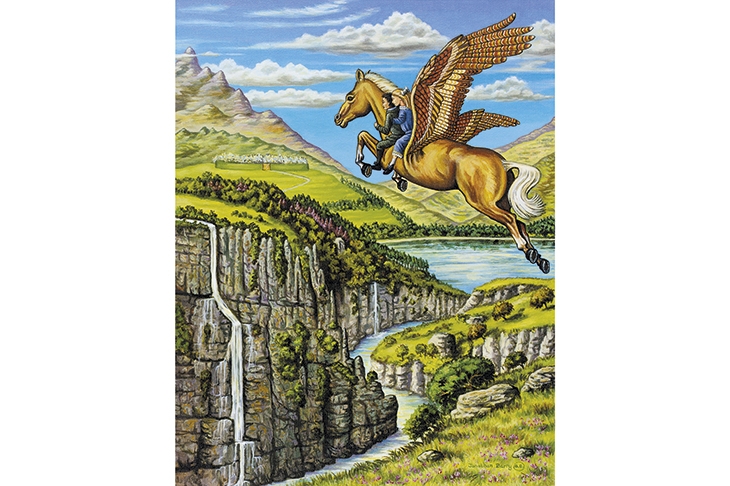
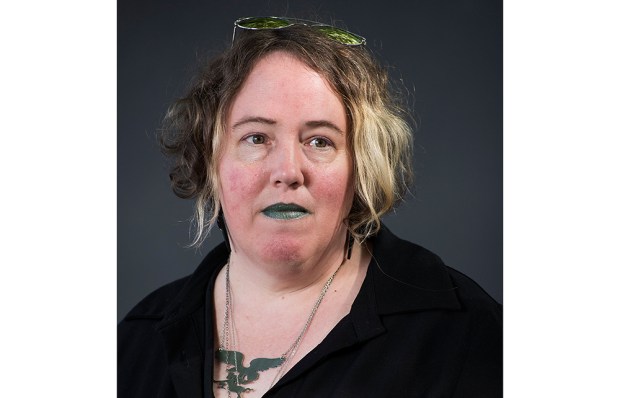
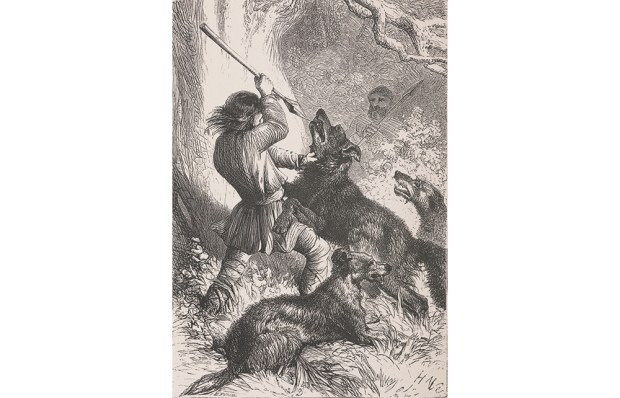
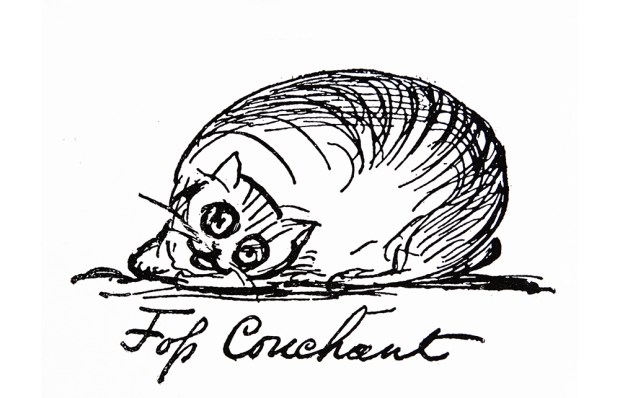
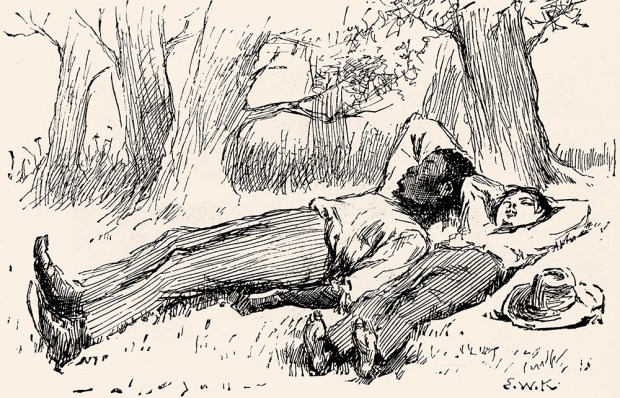
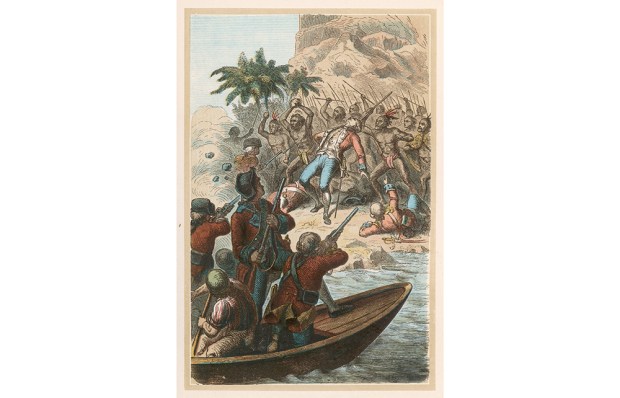







Comments
Don't miss out
Join the conversation with other Spectator Australia readers. Subscribe to leave a comment.
SUBSCRIBEAlready a subscriber? Log in